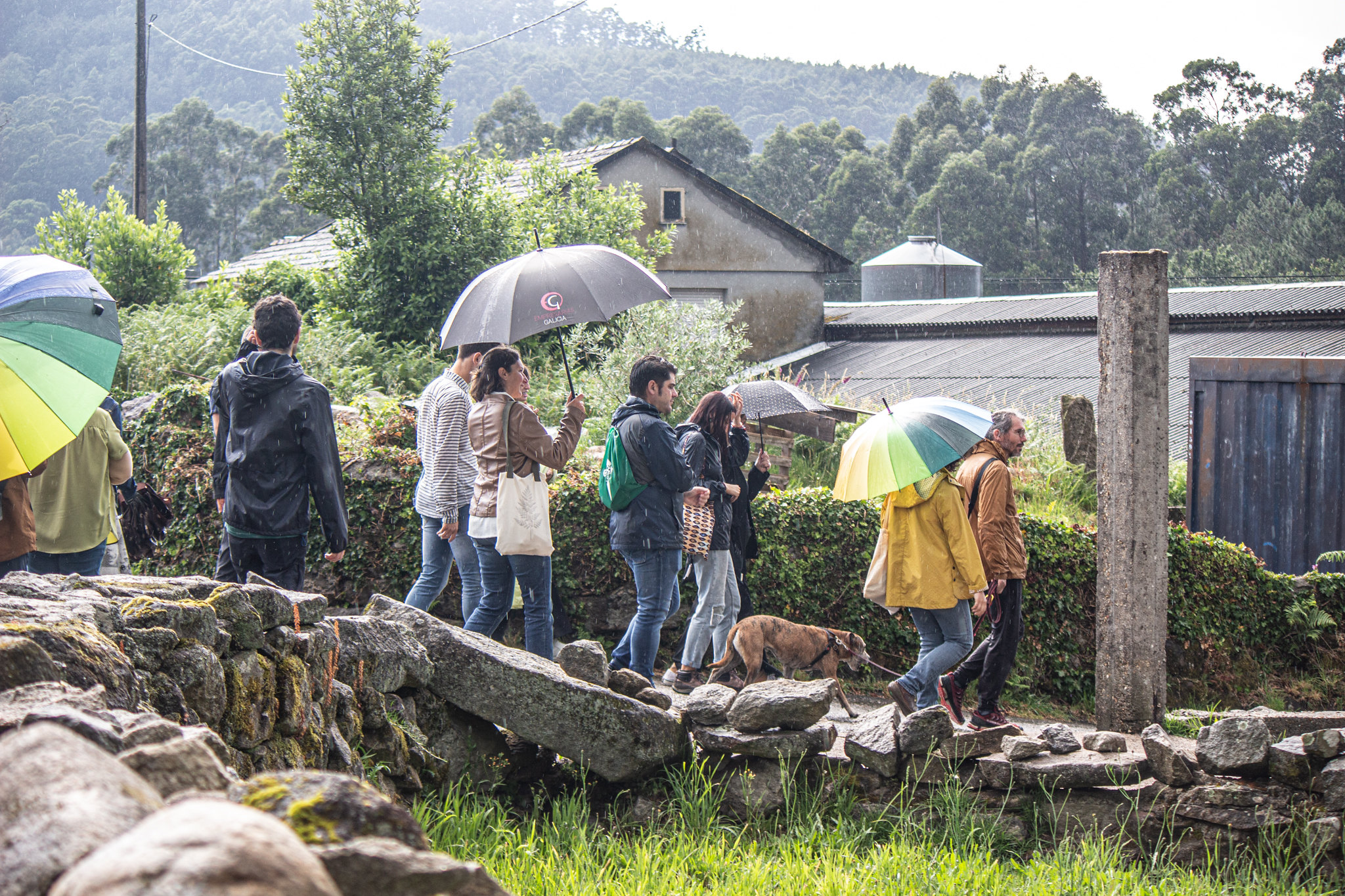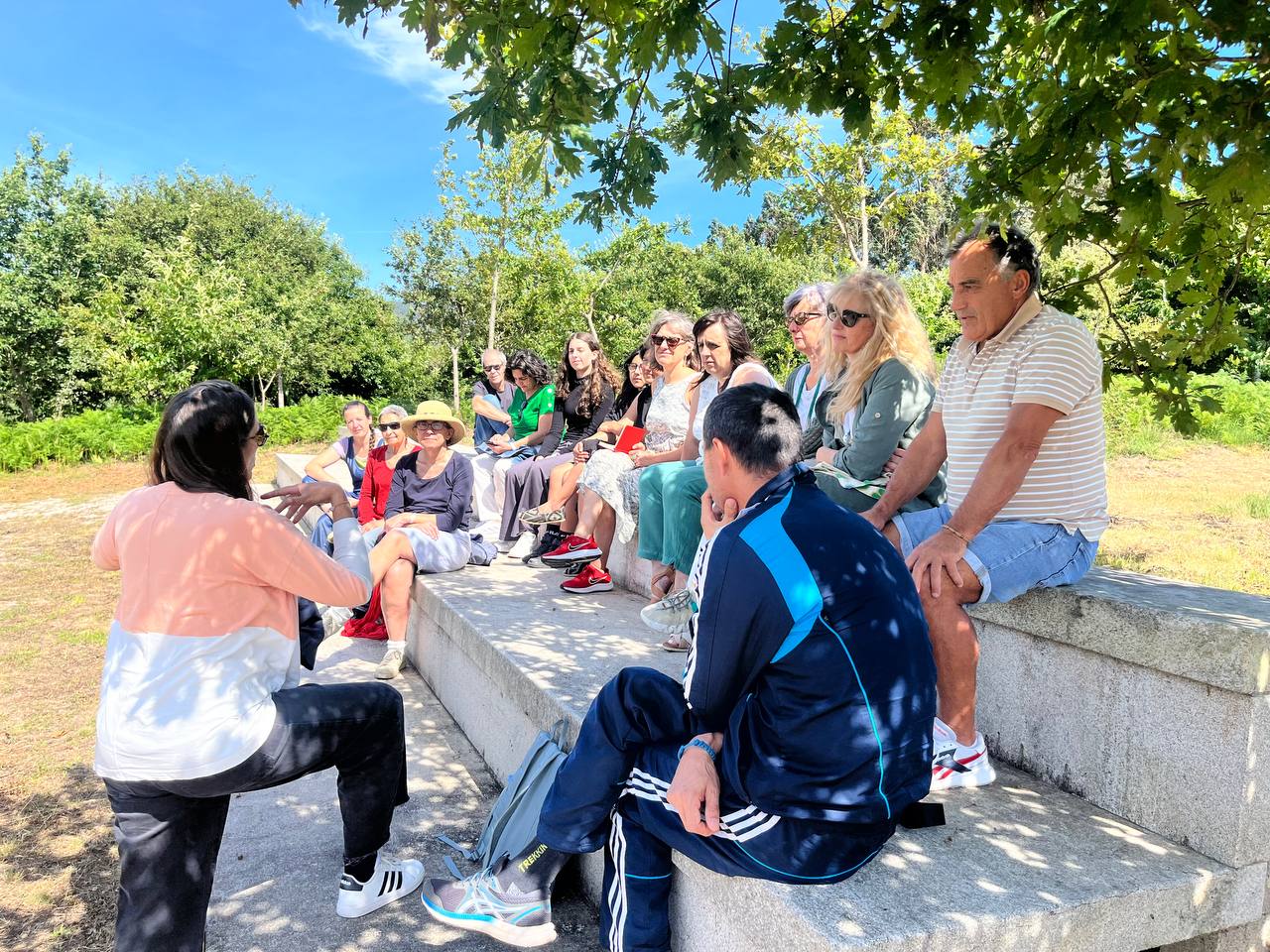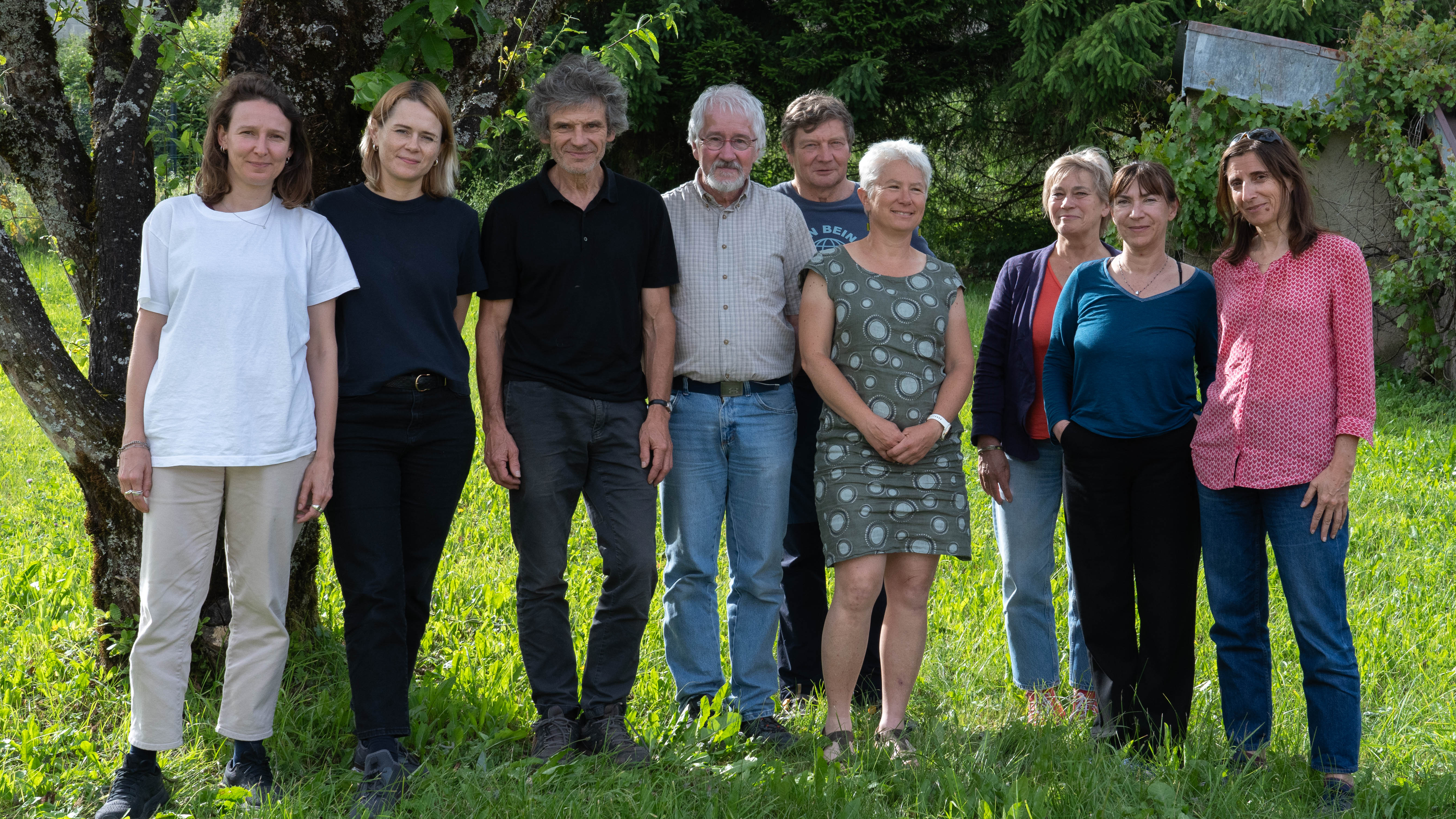The materialization of Art Living Labs

Through the development of our three ‘Living Labs’ in Belgium, France and Spain, we have been able to see how this citizen empowerment has been generated.
The project ‘Art Living Lab for Sustainability’ thinks about what the role of art could be in the environmental crisis we are facing and, especially, in the collective management of natural resources.
Through this process we are discovering how art, culture and aesthetics are spheres of life that broaden views, problematize questions and incorporate other sensibilities. Art, when imbricated with the world around it, helps communities become more aware of their capacity to address their concerns.
Participatory art projects produce work, but they are also at service of intensifying citizen agency, in a way they care for instituting processes, understanding caring as a way of helping to sustain and amplify what society demands or desires.
Through the development of our three ‘Living Labs’ in Belgium, France and Spain, we have been able to see how this citizen empowerment has been generated, and with this article intends to explain how these three local labs have been developing along these almost two years.

Clay Commons: How art repairs the ecological consequencesof mining and brick production
The first meetings of the Living Labs were a combination of getting to know more about Boom and the commissioners, on the one hand, and talking about artistic possibilities on the other.
After an introduction about the overall European program, an explanation of the ‘Art Living Lab for Sustainability’ and the ‘Creative Europe program’ and an elaboration about the projects in Spain and France, the space was quickly given to the commissioners.
Over the different sessions, the group gave an interesting insight in the history of Boom and its brick industry. The commissioners also shed more light on the ecological consequences, namely the change the landscape underwent due to the clay mining and brick production.
Simultaneously, the mediator, Astrid Goubert, and the rest of the commissioners researched different possibilities regarding artists and their interests in clay and brick. During these moments, it was offered to the group time and space to react properly and to translate their desires via artistic examples.
This process allowed to describe and define the specific commission for the art work in Boom, and following this conclusion, Michael Beutler, was designated as artist of the project.

Land Commons: A mediation process for reimagine their future
The ‘Land Commons project’ (‘Terra Común’ in Galician, the local language) is situated within the framework of an existing community, the Community of Couso Woodland.
The methodologies used during the art living lab have been adapted to the group, its needs and the process. The work started with a classic format of a dialogue-circle, a round of participation, in which all the people taking part intervene, trying to reflect and find a common desire in the long term for the Couso Woodland. The idea is to work with future scenarios of how we imagine the mountains, the relationship and the links with it in the future.
The walk as a pedagogical tool of digression, as a collective drift through which we have got to know the territory, its identity, its memory, its projects, its opportunities, its problems or needs has also been a key activity during the mediation process, thank to Natalia Balseiro´s guidance and vision as the mediator. Professional sessions were done too to deepen and better understand the project itself, the other European projects and the organizations involved in ‘Terra Común’.

Individual interviews have also been a tool, both face-to-face and online, with the artist to know better the community members and with different specialists who were useful for the artistic research process. Also, the social interaction, the coexistence, and the celebration in the relaxed contexts, typical of this place, have been another methodology used to get to know and unravel the content of the celebrations in Couso.
Lastly, it should highlight the creation of specific working groups for the collective design of the content of the two artistic proposals that will be developed together with Asunción Molinos Gordo.
In total, ten sessions were held in which we aimed to get to know the group, discover their collective and common desires, imagine the Couso Mountains in the future, provide the Couso Mountains community with pedagogical communication tools or find out different figures of legal protection of intangible heritage.

Water Commons: A fight with knowledge and art against the lack of water
‘Water’ is a major environmental issue in the Jura, a mid-mountain region characterized by dense woodland, karstic topography (ridges, valleys and combes) and a large network of rivers, natural lakes and wetlands. It is confronted with ongoing climate change.
In this context, the Haut-Jura Regional Nature Park is one of the leading players in considering the future of water resources. In this climate issue operates the French project ‘Water Commons’, which use in its Living Lab a methodology linked to sharing concrete geological knowledge, landscape data and sites.
The initial exchanges began and the shared view was that the ‘water cycle cannot be separated from the perspective of the region’s specific karstic nature’ and advised contacting a group of speleologists, the closest witnesses to the rapidly evolving water cycle and a rich research resource.
The mediator, Valérie Cudel, organized different meetings with individuals recommended by park technicians and all showed an interest in sharing their knowledge and were open and curious about engaging in a dialogue with artists.
A production proposal was submitted by the Disnovation.org, a collective that was widely discussed and subsequently challenged. Their proposal, which consisted of imagining a route through different karst sites, proved complex to envisage in the long term.
The process continues over the next few months and, by the end of the year, will have its artistic result.
